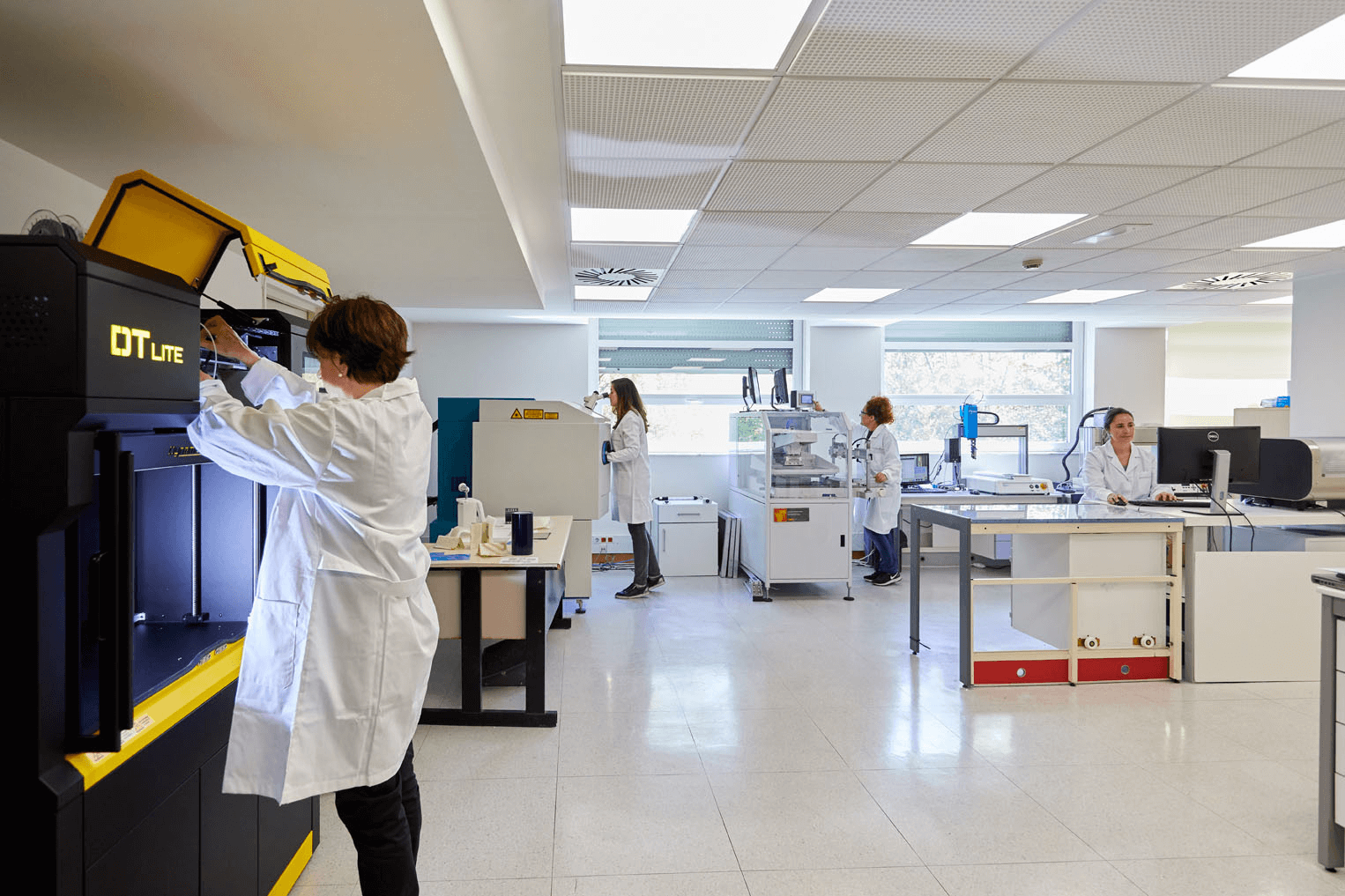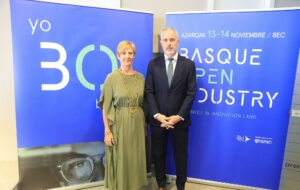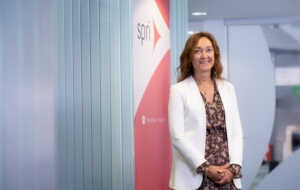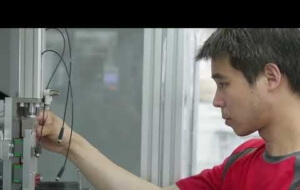

The techniques described in previous articles have focused on the development of additive manufacturing using metals and technologically complex techniques to obtain parts with difficult geometries. This time we will see that these advanced techniques can also be applied to another specific material: polymers.
The processes are relatively analogous, while the results and the sectorial applicability are also very similar. However, we will show not only its main characteristics, but also the advantages of using a specific polymer additive manufacturing technique – Fused Deposition Modeling (FDM)
Much like the techniques previously listed in the articles on additive metal manufacturing, this technique also allows the creation of geometrically complex parts with really surprising results.
History
This additive manufacturing technique has been on the market for some years, but has recently gained some importance due to the high potential it can achieve, along with the fact that it is considered one of the easiest techniques to implement.
This technique, known by the English term “Fused Deposition Modeling”, was developed and designed by S. Scott Crump in the late 80’s and commercialized since the early 90’s.
Process
The process, as mentioned above, is relatively simple, requiring only three crucial elements: 1) a printing bed onto which the piece is printed; 2) a coil of filaments to serve as printing material; 3) an extruder
Detailing the process in a more concrete way:
Compatibilities
3D printing through Fused Deposition Modeling (FDM) has broad compatibility with various thermoplastic polymers, such as PLA (polylactic acid), ABS (acrylonitrile butadiene styrene), polycarbonate, such as PET (polyethylene terephthalate), Nylon and ULTEM (aircraft plastic alloy).
Advantages and Disadvantages
This technique has some advantages, such as the use of standardized and extremely durable materials, the stability of its mechanical properties, the quality of the part and the relatively low cost compared to other techniques. However, it also has certain aspects that are not as positive, such as the production of reduced-volumed production and the slightly more limited precision of the parts.
Performance and Applications
Considering that it is relatively cheaper than other additive manufacturing techniques, easier to handle and with a faster response to the identified needs (usually it takes about 4 days to get the finished part between the digital creation process and its completion, and in this case could be reduced to 48 hours, depending on the size of the part and the amount of production), it has applications in different fields and sectors – aerospace (mentioned above), automotive or architecture.
FDM in the Basque Digital Innovation Hub
From the Basque Digital Innovation Hub, its member TECNALIA, offers the Basque industry a Centre for the Development of Additive Technologies for Plastics and Composites. The Centre has the capacity to develop or reformulate new binders and thermoplastic resins, suitable for processing by means of additive technologies of the FDM type (filament or direct extrusion), or to meet new requirements (mechanical, fire resistance, electrical, etc.) from new additive processes for the pre-forming of composites with continuous fibre. The services offered by the asset include design, topological optimisation and validation of components and tools, integration of electrical/electronic functions; reformulation and development of new materials to obtain better or new performances with additive processes; surface and resin infiltration treatments to improve the performance of parts or tools and the development of additive manufacturing technologies for preforms.
Another member of the BDIH’s Additive Manufacturing node, GAIKER, has a 3D Printing Filament Manufacturing Unit, which enables the manufacture and adaptation of thermoplastic compounds for 3D printing in the form of 1.75 mm and 2.85 mm diameter filaments and pellets/micro pellets. The services offered using this unit include the customized formulation of the pellets and filaments; the adaptation of thermoplastic compounds into 3D printing filaments; the definition of product and process data sheets; the determination of the qualitative and quantitative composition of 3D printing materials; the design and obtaining of models, parts, inserts and tools by means of 3D printing with this technology; the study of in vitro toxicity in ex vivo models (digestive tract, lung, heart, brain,…) of emissions of nanoparticles collected on site in 3D printing processes; the elaboration of protocols; the evaluation of the sustainability of the additive manufacturing process by means of Life Cycle Analysis (LCA), environmental and economic methodologies and the optimal adjustment of the process parameters and chemical, morphological, physical, microstructural, mechanical and fire behavioural characterisation according to standards.
The UPV/EHU also has an FDM System for Additive Manufacturing SST1200es and SST768. The services offered by the asset are the characterisation of mechanical properties of prototypes/functional parts produced by FDM; the comparative analysis of the FDM process against other FA processes; the characterisation of mechanical properties, input material, process capabilities and requirements; additive manufacturing of components by FDM, including prototypes and parts; customized training in FDM technology, applications, equipment, programming, strategies, material handling and management and removal of supports and the application of optimisation criteria (topological, structural, thermal) in the design of target components.
The solutions presented in this article are an example of how the Advanced Materials Node of the BDIH helps companies to adapt their processes to technologies of greater added value, and more efficient both energetically and economically and in terms of the materials used.
If you are interested in deepening your knowledge of what the Advanced Materials Node of the BDIH offers, follow this series of articles on Materials 4.0 where we tell you in detail which are the capacities, assets and services of the node in a practical, applied way.
And contact the BDIH to find out how we can bring your company closer to the solutions that interest you most.
 19 September, 2024 Digitalisation
19 September, 2024 Digitalisation 27 September, 2023 Digitalisation
27 September, 2023 Digitalisation 5 October, 2021 Digitalisation
5 October, 2021 Digitalisation 5 October, 2021 Digitalisation
5 October, 2021 Digitalisation 1 October, 2021 Digitalisation
1 October, 2021 DigitalisationFor SMEs, for diversifying markets, internships abroad, international tenders, non-reimbursable subsidies to consolidate exports, subsidies for deployments or specific training in internationalisation.
You’re interested, right?